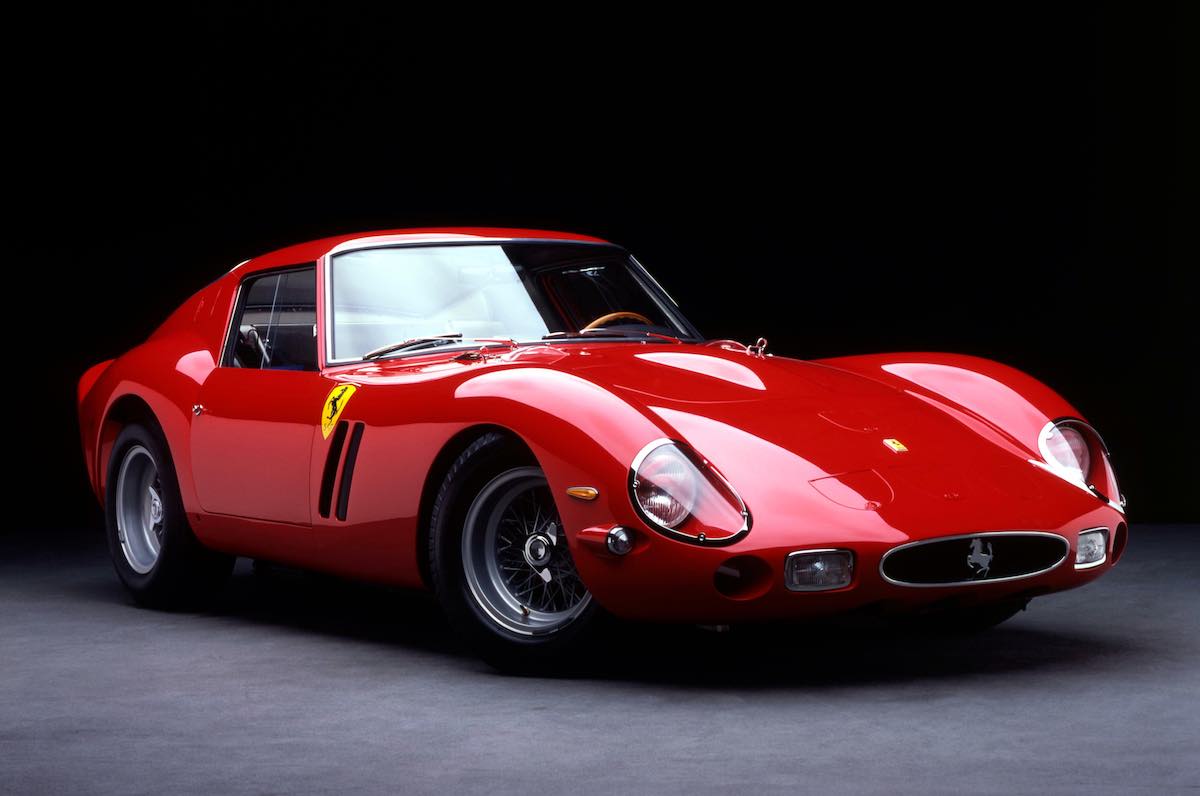By Vittorio Compagno for the Carl Kruse Blog
In a world bedeviled by climate change oil is starting to look like the enemy, and the black gold, which has been mined relentlessly, has seen a gradual slowdown in the volume of its extraction and refinement.
Part of this slowdown is undoubtedly the result of laws proposed by governments worldwide seeking to reduce oil used in everyday life.
The clearest example concerns cars running on gasoline, diesel, or gas, all fuels derived from oil. Cars with traditional engines in places like the United Kingdom will no longer be sold by 2030. In the European Union the deadline is 2035.
This is effectively the death of the internal combustion engine for cars.
Their replacement and a touted solution to reduce emissions?
Electric cars.
Anything that runs on batteries and powered by an electric motor is more efficient, less noisy, emits no exhaust, and requires less maintenance. This is a seemingly no-brainer alternative. Cities become cleaner, people save money on fuel.

As with any radical change, however, some disagree with this complete transition to electric mobility. Some have concerns about the disposal of batteries, others have doubts about sustainable electricity production, and some even despise the aesthetics of new electric cars.
While the first two critical issues are the subject of ongoing debate, the last is purely subjective, but nonetheless should be addressed.
Electric cars of recent years are indeed polarizing, to put it mildly. Some people love their spaceship looks, LED headlights and smooth, distinct lines. Some hate the same attributes, but support the electrical revolution because of the advantages to society.

One question: How do you satisfy people who grew up with Cadillacs, Mustangs, Beetles, or Fiat 500s?
Enter the world of retrofitting.
What is Retrofitting?
Automobile retrofitting involves replacing the original internal combustion engine’s systems with those powered 100% by electricity. An electric motor, batteries, display, and new wiring are mounted. With this come a re-distribution of weight, with the batteries weighing the car down, lowering the center of gravity, and allowing greater agility when cornering and a feeling of more control.
The parts involved in the internal combustion process are then disposed of or sold, helping to cushion the cost of the conversion.
And so, masterpieces of the contemporary era are born. Surprising mixes of original Beetles with the batteries of a Tesla Model X, or a VW minivan with propulsion offered by the engine of a utility vehicle that pulls planes. The combination of car designs from the 1950s to the 1990s with modern technology is surprising, and often produces examples that inspire awe for those seeing them for the first time.

Since many are so beautiful and cleverly designed, one wonders:
Why didn’t anyone think about converting these automobiles before?
The technological possibilities
Behind apparently simple modifications lie years of technological advancements.
An internal combustion engine (ICE) system could not be replaced if there was not an alternative engine technology that could provide the same, if not better, performance. Software advancements, such as AutoCAD, help design engine and battery mounts and to spot weak points in the original chassis.
Even batteries themselves have come a long way, modern ones being significantly superior to those on the market even from a few years ago.
Technological innovations have led to the improvement ever-increasing tools for conversions from ICE to electric and there has been no better time to convert old cars with internal combustion systems into electric-powered cars.
So welcome the nostalgia of old times. If the great car designers such as Pininfarina or Josef Gang had not existed, we probably would not be looking at these cars today with equal awe. We would not think of them as true symbols of a bygone era, with the hope that they can ride our roads once again. This brings us to the second reason why the automotive retrofitting sector is proliferating right now, which is the nostalgia factor.
The nostalgia factor
Some designs and styles are eternal. Be it the Beetles of yesteryear, Remington and Olivetti typewriters, or Pentax cameras, there are combinations of colors and shapes that attract the eye and captivate our imaginations through time.
These objects from other times are still appreciated today, even if the engines that power them and the mechanisms that make them work are decidedly obsolete.
That’s one reason why owners of classic cars from earlier decades rarely undertake long journeys to relive the essence of the past.

This is where retrofitting comes into play.
What if that essence was still trapped inside those wheels too small for current standards and roads? Or in that low and narrow driving position? Maybe inside the incandescent headlights?
If that was the case, then it would be possible to transfer that essence into a better engine, capable of everyday use. Then those memorable cars could once again cross the highways and share their timeless.
This is the motivation that drives those who take up retrofitting projects. Not necessarily to demonstrate their technical skills, but to bring some of that soul back to the world.
Advantages of retrofitting
The conversion of ICE cars into electric ones has advantages, independent of those specific to the cost of electricity compared to that of gasoline.
Giving a new life to an already built and assembled car, and converting it to make it efficient and independent of fossil fuels is a real help for the environment. It prevents the congestion of landfills, often full of old automobiles.
Furthermore, retrofitting also brings economic advantages for those who decide to turn it into a job. Because there are currently few retrofitting garages, if an average mechanical engineer decides to try his hand at this new work, there is an opportunity to turn it into a full-time job.
Finally, there is the cool factor, appearing before all with a unique piece of motoring history.
The interest in electric cars is growing every day, and car manufacturers understand this.
In a few years, we will only see electric-powered vehicles on the market.
What retrofitting says to the discussion of the future is:
“Do not forget us.”
Do not forget the sharp lines of the Lambo Countach, the class of the Ferrari 250 GTO, or the raw power of the Mustangs. In the near future, the market will probably be full of futuristic cars. But the passion of those who do not want to give up the classics of the past tells us that some designs are eternal, and masterpieces of the past could be considered for the future of the market.
At the end of the day, if there’s one thing we can all learn from this movement is that to run towards the future, we should also look to the past.
===========
The Carl Kruse Tech Blog Homepage.
Contact: carl AT carlkruse DOT com
Other articles by Vittorio Compagno include NFT Fever, How Will We Deal With AI Rights? and Von Braun and Dreams of Mars.
Carl Kruse is also on Vator.
Also on Clearvoice.

Love this notion of giving new life to old classics. But isn’t much of what makes a classic a classic all of what comprises it? Meaning, if you take out an old car’s engine have you not irreparably changed the flavor of this automobile? Is it still a classic?
You certainly have changed part of its essence. But at the same time extended its useful life and exposed another aspect of it, no?
Carl Kruse
If I had a classic car and the money to retrofit it with electricity I would do it in a heartbeat.
My guess is many would do the same.
Carl Kruse
If I could afford it I would retrofit by old VW van!
Me too!
Carl Kruse
Breathing new life into old classics. I love it as well.
Carl Kruse